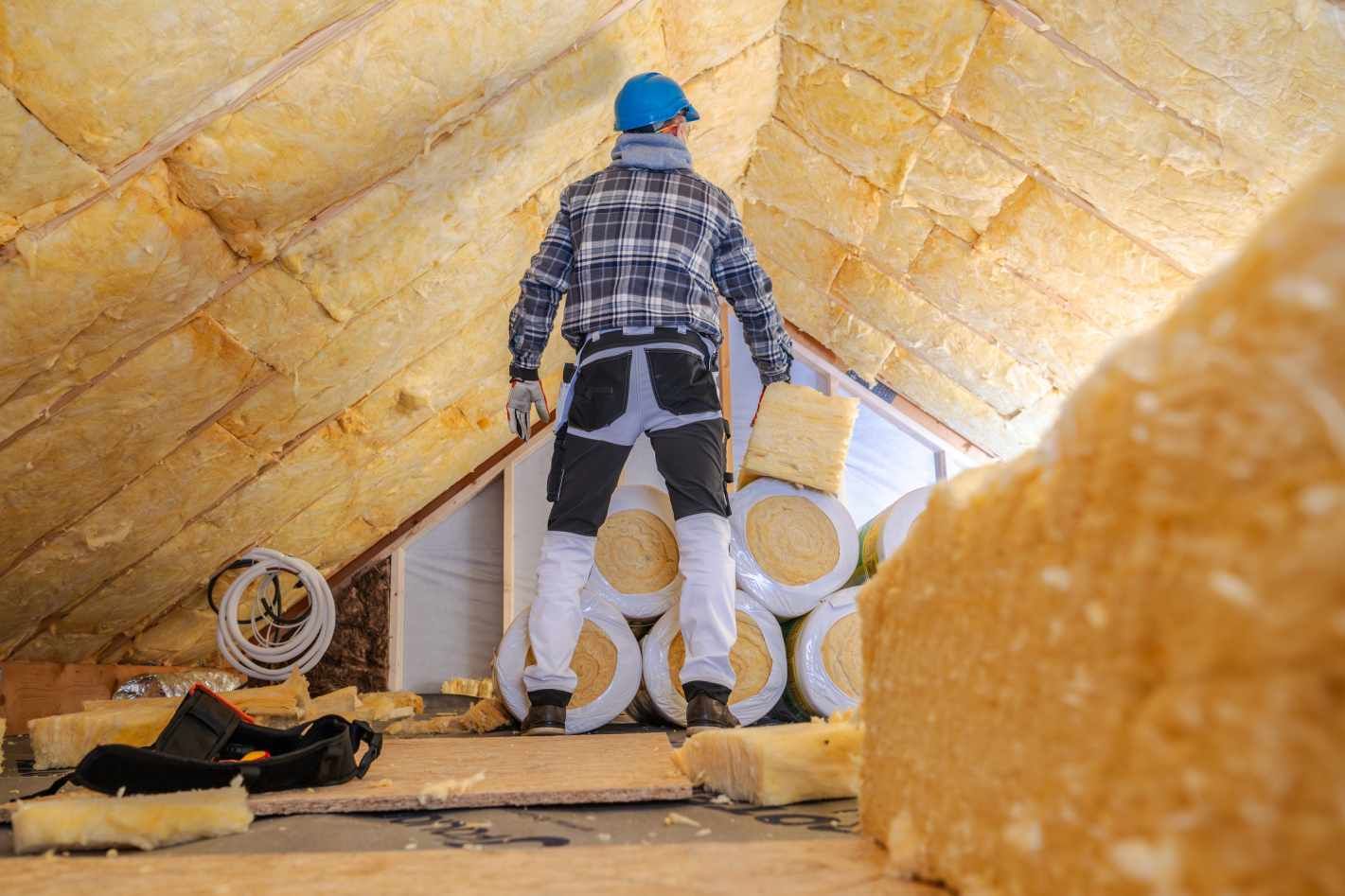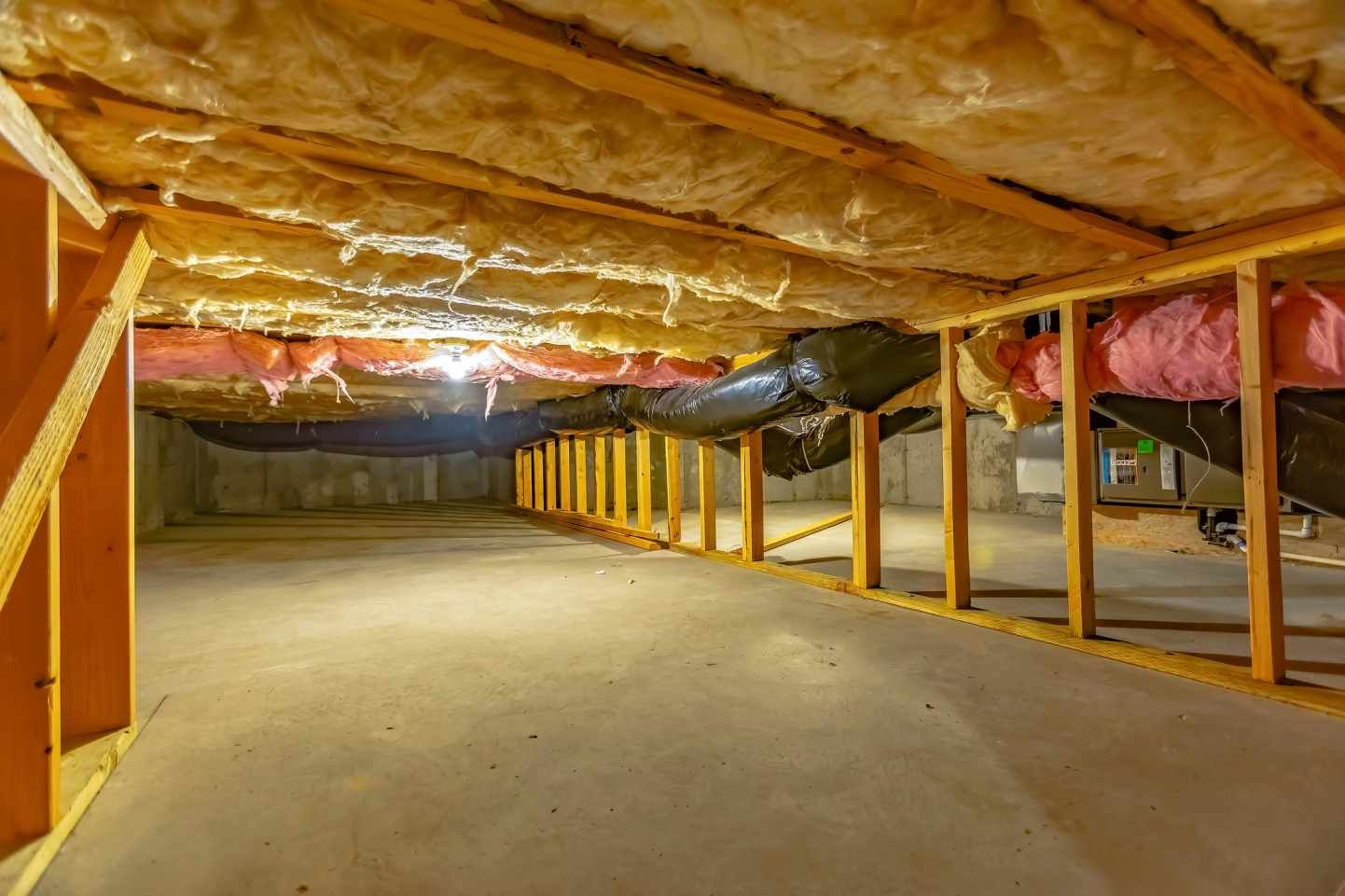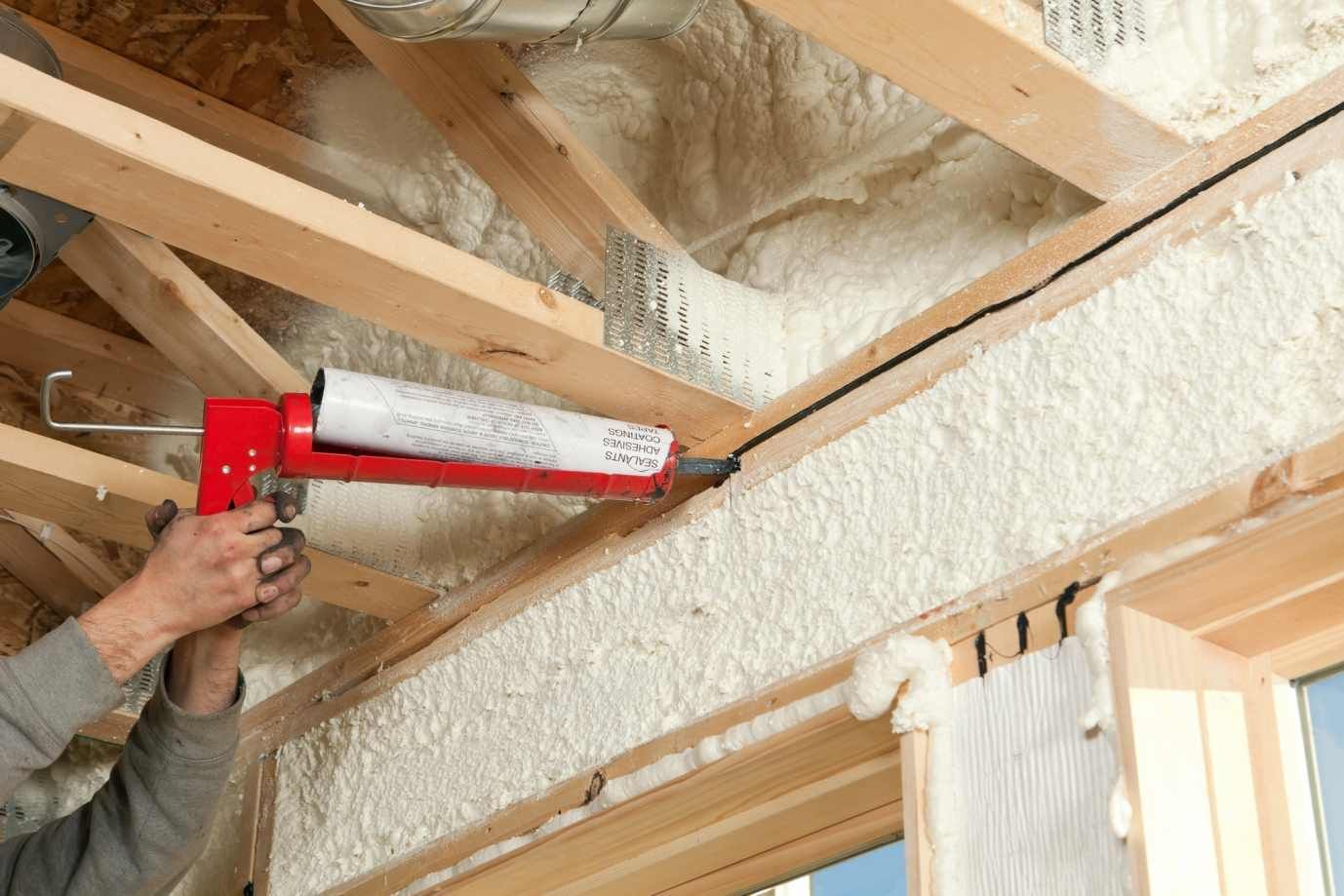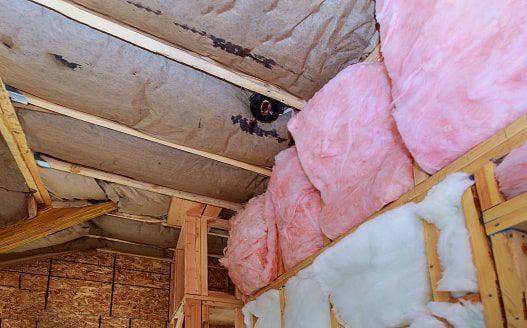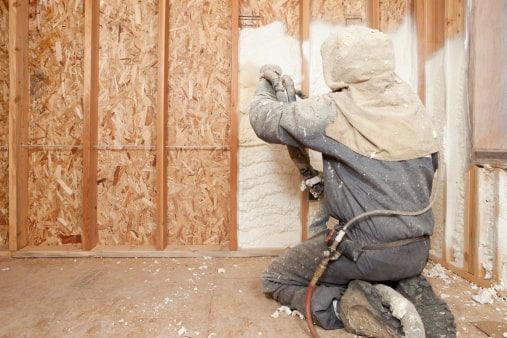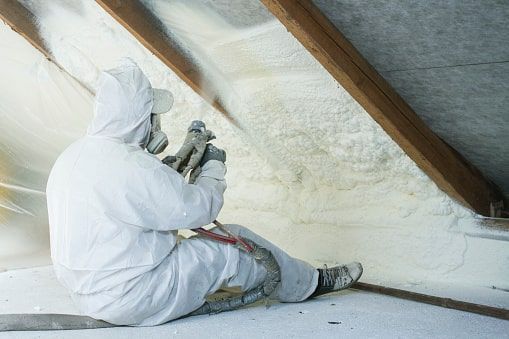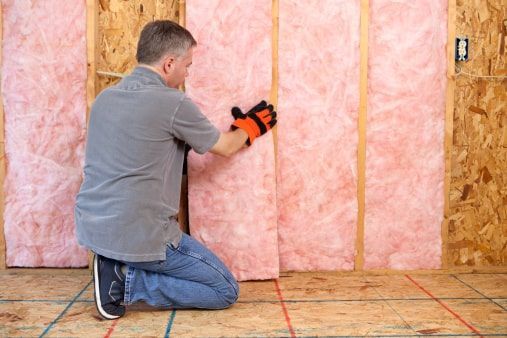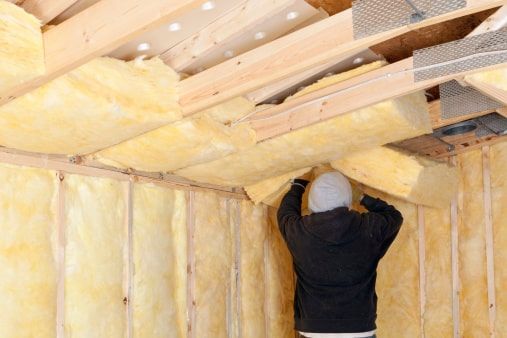What to Expect During a Professional Home Energy Audit
A home energy audit might sound technical, but it’s simply a way to make your house more comfortable and energy efficient. If you’re tired of high utility bills or want to know where your money is going each month, a professional home energy audit will give you the answers.
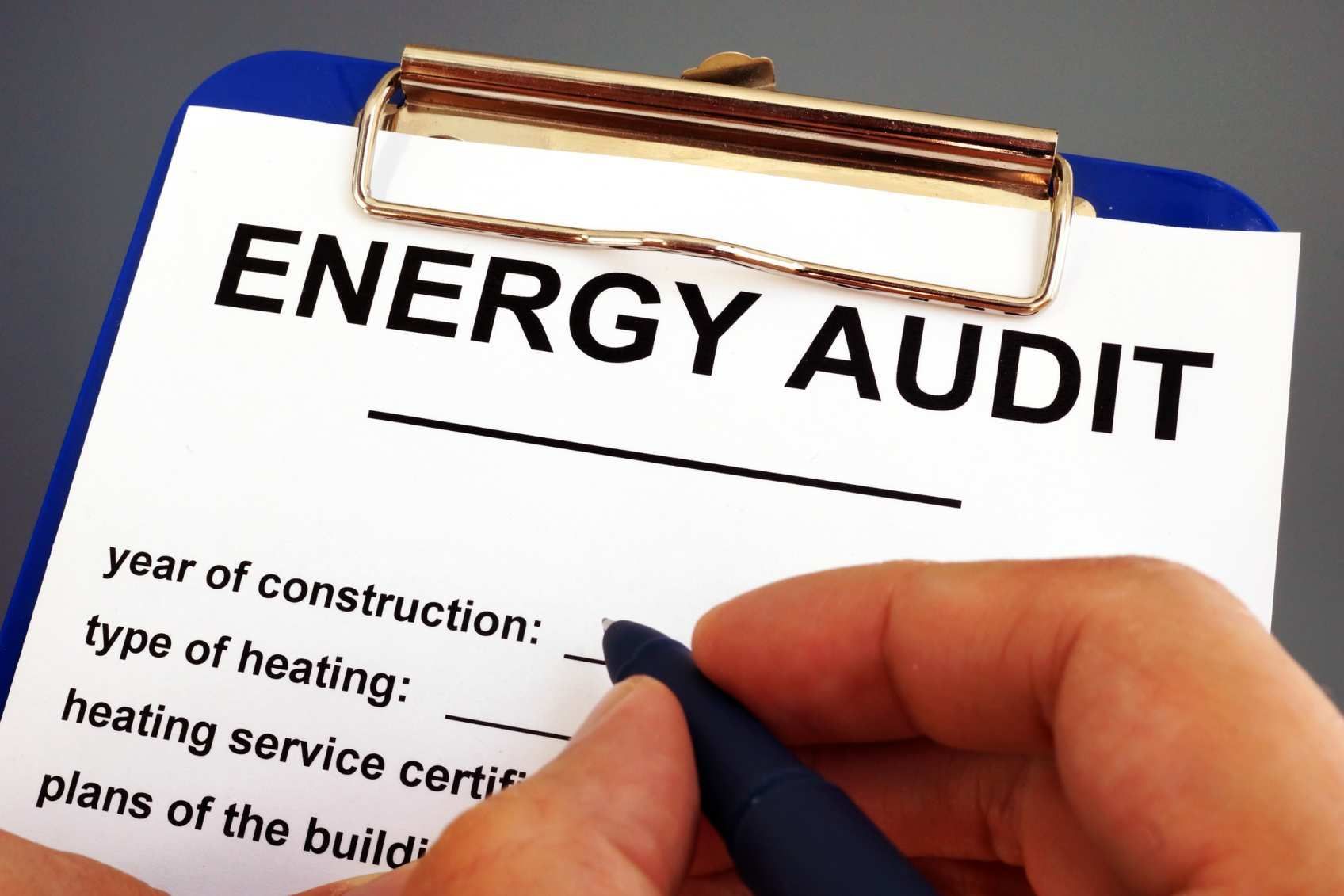
What Is a Home Energy Audit?
This assessment is a checkup of your home’s energy use. Certified auditors inspect your home, perform diagnostic tests, and analyze your energy bills to determine where efficiency is lacking. From drafty windows to underperforming insulation, the goal is to uncover hidden issues and suggest cost-effective solutions.
How to Prepare for Your Home Energy Audit
A little preparation helps the audit go smoothly and ensures accurate results:
· Collect utility bills from the past 12 months.
· Note any challenges, like drafts, cold spots, or high energy bills.
· Clear access points to the attic, basement, crawl space, and mechanical areas.
· Close doors, windows, and fireplace dampers before testing begins.
What to Expect from a Home Energy Assessment
A professional home energy audit typically takes two to four hours to complete. Here’s what happens:
1. Initial Consultation
The auditor starts with a brief conversation about your home, comfort concerns, and energy habits. They also review your utility bills and ask about specific trouble spots.
2. Exterior Inspection
Walking the perimeter of your home helps spot visible air leaks, poor sealing, or insulation gaps in windows, doors, rooflines, and the foundation.
3. Interior Examination
Inside, the auditor checks the attic insulation level and the state of your HVAC system, ductwork, water heater, and other appliances. They also note the condition and placement of vents, ceiling fans, and attic access points.
4. Diagnostic Testing
With the initial consultation and inspections out of the way, the auditor moves on to the technical aspects of the audit. Here are the tests that reveal what’s going on under the surface:
· Blower door pressure test: A calibrated fan mounts in an exterior doorway and pulls air out of the home. The pressure drop reveals hidden leaks and drafts.
· Infrared scan: A thermal camera highlights temperature differences across walls, ceilings, and windows during the blower door test, pinpointing areas of heat loss.
· HVAC duct pressure test: This measures how much air your ducts are losing and identifies leaks that waste conditioned air.
· Energy modeling: Software evaluates your home’s performance based on gathered data for insight into recommended upgrades and potential savings.
· REM/Rate score: This standard metric rates your home’s energy efficiency and identifies how it compares to similar homes.
What Happens After the Audit
Following the inspection and tests, the auditor compiles a detailed report. This includes a breakdown of issues found, recommended improvements, and a prioritized list of upgrades. The report also offers service estimates, available rebates, and potential energy savings. You’ll know exactly where to start and how much each upgrade could save you over time.
Schedule a Home Energy Performance Audit
Titanium Insulation is proud to be one of Chicagoland’s most trusted insulation contractors. Homeowners count on us to deliver quality care and results. Our crews are comprised of extensively trained, highly knowledgeable industry veterans who are ready to perform your home energy audit. Schedule a visit today and move one step closer to a more comfortable, efficient home.
